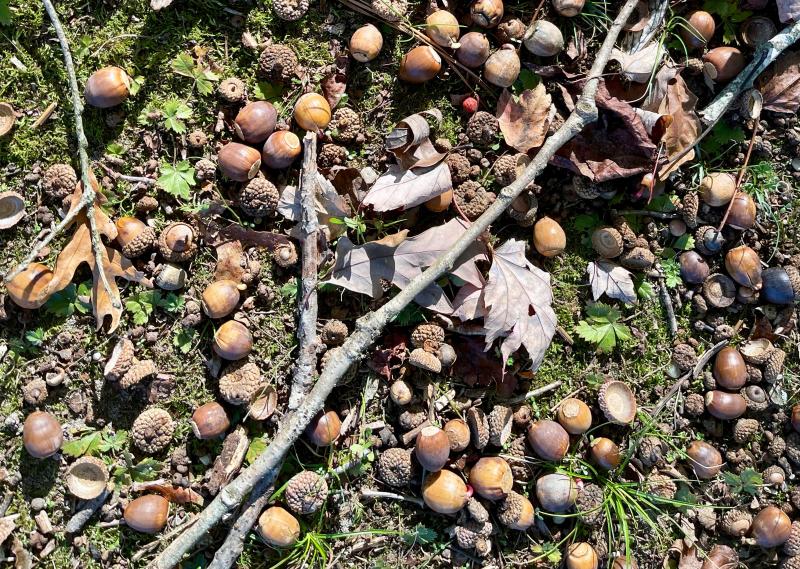The rut is on, and deer don’t care about your car
Driving through the countryside. Autumn. Leaves changing. Warm days mixing with cool nights. Heavy dew. Canada geese moving into the region, flying atop cold fronts out of the north country.
A few more weeks, temperatures dropping a few more degrees, hours of daylight growing scantier, and then come the snow geese.
On the waters of Delmarva, watermen have turned their attention from crabs to oysters. Sensing dropping temperatures, crabs sink into deeper water, moving much more slowly now. Cold-blooded.
They don’t yawn, but if they could, now they would.
Soft, muddy bottom beckons.
Burrowing with the fins that make them such beautiful swimmers, crabs eventually come to rest, pulling up their muddy blankets, their rudimentary thoughts returning to where they were before they were born.
Sleeping, hibernating, crabs won’t stir again, and stretch and test their fins and claws once more, until next spring’s longer days and warmer temperatures wake their minds and their stomachs and their natural drive to reproduce.
And so the cycle goes.
In browned, late soybean fields, white-tailed does stand chest high, filling their bellies against the coming cold. Farmers watch them with cussing disgust while bucks stand in the edges of woods surrounding the fields. They eye the does with that different sort of longing hunger that seeps, inexorably, like flooding waters, into their being each year as fall thickens.
What they see and what they smell combine into an irresistible feeling over which they have no control.
A few evenings back, driving through a forest, I watched a doe leap out of the woods, running fast across the road. I slowed, and then more movement caught my eye. A buck with antlers of 10 points or so followed the same route as the doe. He no more saw me than stars in daylight. Single-minded he was. The rut is on.
I’ve heard similar stories at least three times in the past week. Outside the shop in a boatyard, I saw a small black car with a round dent in its driver-side door. A boat builder was hauling in sheets of plywood for a new vessel. I caught his attention after he set the plywood aside.
“Did a deer do that?” I asked.
“I don’t think so,” he said. “Not sure how that happened, but that’s my dad’s truck over there.
“It looks good now, but the day he bought it, brand new, he didn’t even make it home before a deer ran out in front of him and caused a few thousand in damage.”
Deer are on the move. Be careful. The stories of collisions between cars and deer repeat themselves as endlessly as the reproduction cycles.
This time last year I was crossing the peninsula just about dusk, when deer seem to be more on the move. I didn’t hit it, it hit me, right on the passenger-side door of my truck. I heard the hard, heavy thump at just about the same time as I saw the deer, way too late to do anything about it.
You guessed it. Several thousand in damage. Now I drive more slowly out where the deer live, especially at dusk.
This year they might cause even more damage. There are so many acorns and other nuts on the ground in the woods this fall, deer can’t help but be putting on the extra pounds that can give them extra force.
The layer of natural food falling out of the trees and onto the dirt is called the mast. Some say the heavier the mast, the harder the winter ahead. It’s prescient nature’s way of providing a source of extra insulation for warm-blooded animals that spend their lives outdoors.
Deer would cause a lot fewer problems if they just managed their feelings a little better, and burrowed into river and bay bottoms come wintertime like crabs do. But that would mess up the whole attraction thing.
Does and bucks wouldn’t be nearly as beautiful when they emerged in the spring if their sleek coats were caked with mud.





















































